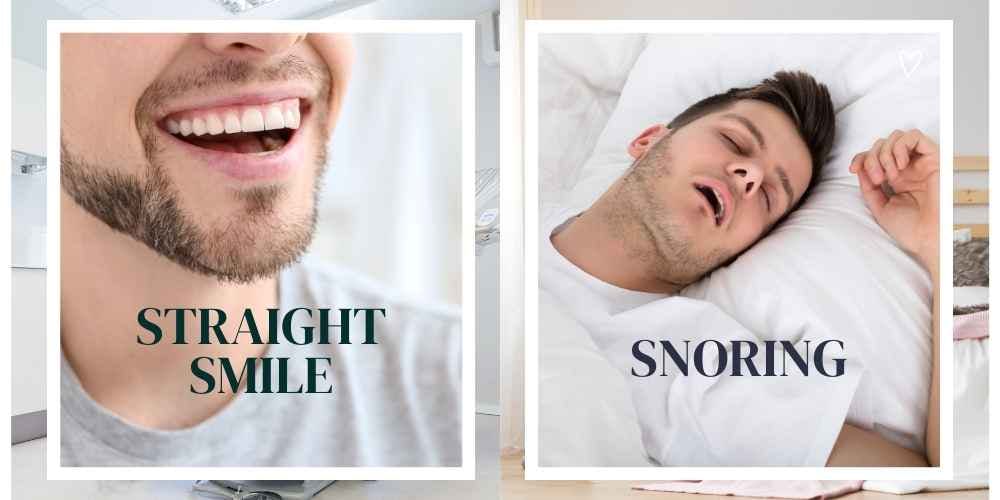My Orthodontist Asked About My Sleep: What's the Connection Between Straight Teeth and Snoring?

When most people think about orthodontic treatment, they picture straighter teeth and a more confident smile. But if your orthodontist recently asked about your sleep, you might be surprised. The way your teeth and jaws are aligned can affect how well you breathe at night.
Why your orthodontist cares about your sleep
Orthodontists don’t just look at teeth—they also check your bite, jaw position, and airway. Snoring or restless sleep can sometimes be linked to how the teeth and jaws fit together. In fact, one study found that about 11% of orthodontic patients between ages 5 and 16 were at high risk for sleep-disordered breathing. In the same group, 13% snored regularly and nearly 18% felt sleepy during the day.
How teeth and jaws affect snoring
Snoring happens when airflow is partly blocked during sleep, causing tissues in the airway to vibrate. Certain dental and orthodontic features can make this more likely:
- Narrow arches or crowded teeth can reduce airway space.
- Jaw position: a lower jaw that sits further back can push the tongue into the throat.
- Bite alignment: some bite problems are linked to higher risks of sleep-disordered breathing.
For example, one study of children aged 7–8 found that one in three screened positive for sleep-disordered breathing. Specific dental features increased the risk, including posterior crossbite (almost 3 times higher), anterior open bite (2 times higher), and increased overjet (nearly 2 times higher). Another study showed that almost 90% of children with obstructive sleep apnea had a malocclusion, compared to 61% without apnea.
Orthodontics and better breathing
Modern orthodontics is about more than straight teeth. Braces, aligners, and certain appliances can guide teeth and jaws into positions that may improve airflow. For children and teens, early treatment may support airway development and reduce the chance of snoring or sleep apnea later on.
Even in adults, dental structure plays a role. In one study, 16% of adults aged 18–45 reported regular snoring. Those who snored were more likely to have narrower arches and V-shaped palates.
When to bring up snoring with your dental team
If you or your child snores regularly, wakes up tired, or struggles with restless sleep, let your orthodontist or dentist know. Orthodontic treatment may not be the only answer, but it can be part of a larger plan to improve sleep and breathing.
The bigger picture: health and confidence
A straighter smile can boost confidence, but the benefits go beyond looks. For some people, orthodontic treatment may also support healthier breathing, better sleep, and improved overall well-being.
Book Online
Bamboo Dental offers the ability to request your dentist appointments online. Schedule an appointment now!
Book OnlineNew Patient Forms
By filling out the New Patient Forms ahead of time you will save significant time on your visit.
New Patient Forms